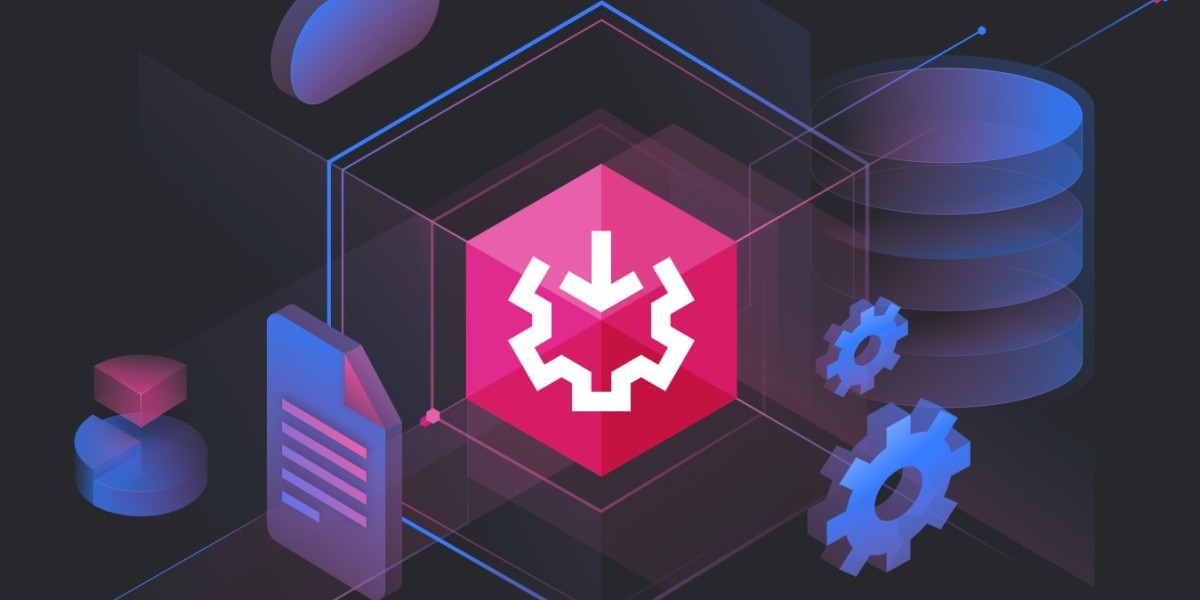SQL Server Integration Services (SSIS) is a powerful tool designed for data integration, transformation, and migration tasks. At the heart of SSIS are its data flow components, which facilitate the seamless movement and transformation of data from a variety of sources to destinations. This article delves into SSIS data flow components, how to install them, and the diverse range of supported data sources, including popular platforms like Asana, Oracle, and Magento.
Understanding SSIS Data Flow Components
SSIS data flow components are the essential building blocks used to create data flows within an SSIS package. These components can be categorized into three main types:
Sources: Components used to extract data from various sources.
Transformations: Components that allow data modification and transformation.
Destinations: Components that load transformed data into various destinations.
Supported Data Sources
SSIS supports a wide array of data sources, enabling businesses to integrate and transform data from multiple platforms efficiently. Here are some key supported data sources:
Databases
SQL Server: SSIS offers native support for SQL Server, making it easy to extract and load data.
Oracle: SSIS provides components for connecting to Oracle databases, allowing seamless data integration.
MySQL: Through ODBC or ADO.NET connections, SSIS can interact with MySQL databases.
PostgreSQL: Similar to MySQL, PostgreSQL can be accessed using ODBC or ADO.NET components.
Cloud Platforms
Azure SQL Database: SSIS integrates smoothly with Azure SQL Database, facilitating cloud-based data operations.
Amazon Redshift: With the appropriate connectors, SSIS can handle data flows to and from Amazon Redshift.
Google BigQuery: SSIS supports data integration with Google BigQuery using third-party connectors.
Applications
Asana: Using REST API or third-party connectors, SSIS can integrate data from project management tools like Asana.
Salesforce: SSIS provides connectors to extract and load data from Salesforce, enabling CRM data integration.
Magento: E-commerce platforms like Magento can be integrated using web services or custom connectors.
Files and Data Formats
Flat Files: SSIS supports data extraction from CSV, TXT, and other flat files using the Flat File Source component.
Excel: The Excel Source component allows data extraction from Excel spreadsheets.
XML: XML Source component facilitates data extraction from XML files.
Other Data Sources
OLE DB: OLE DB Source allows SSIS to connect to various OLE DB-compliant databases.
ODBC: ODBC Source provides connectivity to any ODBC-compliant data source, broadening the range of accessible data sources.
Choosing the Right Data Source
When selecting a data source for your SSIS package, consider the following factors:
Compatibility: Ensure the chosen data source is compatible with SSIS, either natively or through available connectors.
Data Volume and Performance: Evaluate the data volume and performance requirements. For large datasets, consider sources optimized for high throughput.
Business Requirements: Align the data source selection with your business needs, such as real-time data integration or batch processing.
Ease of Use: Opt for data sources that are easy to configure and maintain within SSIS, reducing development and maintenance efforts.
Conclusion
SSIS data flow components and their support for a wide range of data sources make it a versatile tool for data integration and transformation. Whether you're working with databases like Oracle and SQL Server, cloud platforms like Azure and Amazon Redshift, or applications like Asana and Magento, SSIS provides the necessary components to streamline your data workflows. By understanding the capabilities and compatibility of SSIS with various data sources, businesses can effectively harness their data for improved decision-making and operational efficiency.







